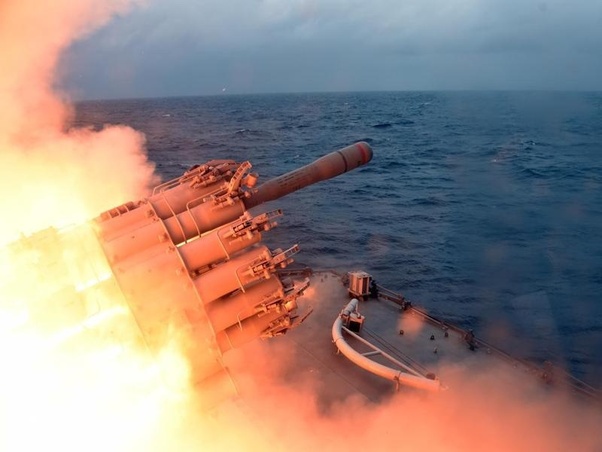How good is Indian navy Anti-Submarine Warfare Capabilities?

Anti-Submarine Warfare is the method when we employ different assets like warships, submarines and aircraft to detect, track and localize under-water threats which can be then destroyed off or either chased off.
There are different methods by which submarines can be detected like Visual Identification, Passive/Active/Towed/Variable Depth Sonars , Radio Interception among others. On identifying the target various Anti-Submarine weapons like torpedoes, depth charges, mines, Anti-Submarine rockets/mortars can be deployed to destroy off the underwater threat. Indian Navy has Anti-Sub Corvettes whose 90% of components are being built in India.
The frontline battle ship of Indian Navy are equipped with the ‘HUMSA-NG’ hull mounted sonar system developed by state-run BEL. These sensory systems effectively act as the vessel’s ears and eyes providing the crew with unmatched operational awareness.

For anti-submarine warfare, the Kolkata-class are equipped with a torpedo launching system via four torpedo tubes and two RBU-6000 anti-submarine rocket launchers. RBU-6000 rocket launcher are used as an Anti-Submarine Weapon as it launches depth charges in quick salvos to defeat underwater targets upto a range of 6000 metres at maximum. It is an active deterrent against under-water targets which can be used to suppress them actively.

Kamorta corvette are small, maneuverable, lightly armed warship, originally smaller than a frigate (2,000+ tons) and larger than a coastal patrol craft or fast attack craft (500 tons or less).The Kamorta, and three other corvettes that will follow it — INS Kadmatt, INS Kiltan and INS Kavaratti — are reincarnations of an earlier line of 11 Soviet-supplied Arnala-class corvettes.
The Kamorta class has been designed for the sole purpose of hunting submarines. It has a displacement of 3400 tons, a length of 109 m and a beam of 13 m. These dimensions are comparable to that of a frigate as the Kamorta has been designed for blue water ops as well. The Kamorta is touted by the Indian Navy as having over 90% indigenous content. The steel and composites which have been used in construction are indigenously made along with a majority of the weapons and sensors.
Mines:

A self contained explosive device that is placed underneath the surface of water. Unlike depth chargers, mines are deposited and left to wait until they are triggered by the approach of, or contact with, an enemy vessel.
Boeing P-81 Neptune ::

India signed up USD 2.1 billion contract with Boeing for 12 in number P-81 Neptune anti-submarine aircraft to replace her aging fleet of Russian Tupolev-142M. P-81 has MAD and aft mounted radar which provides 360 degrees aeriel surveillance. Many communication and other devices have been developed by BEL.
The P-8I Neptune is an aircraft designed for long-range anti-submarine warfare, anti-surface warfare and intelligence, surveillance and reconnaissance missions. It is capable of broad-area maritime operations. It is a derivative of the Next-Generation 737-800. It combines superior performance and reliability with an advanced mission system that ensures maximum operational capabilities in the future battle space.

Indian Navy also uses Il-38SD maritime patrol and anti-submarine warfare aircraft which comes with a Berkut Search Radar and a magnetic anomaly detection (MAD) system and is armed with depth charges, mines and torpedoes to take on anti-submarine threats.
 Dhruv helicopter ::
Dhruv helicopter ::
Indian Navy acquired Dhruv helicopter developed by HAL in March 2008. The naval variant is fitted with Super Vision 2000 maritime radar, dunking sonar, torpedoes and depthcharges.
Kamov series of helicopters ::
These helicopters were inducted into Indian Navy beginning in 1980. The Ka-31 the highest in technological capabilities was enabled for real time network centric warfare.
 SeaKing ::
SeaKing ::
These anti-submarine helos were grounded for want of spares due to US sanctions after nuclear tests. These all weather, day and night capable, multi-role helicopters are now being upgraded.
Overall Indian ASW Capabilities are quite decent which has been beefed up by the induction of P-8I especially at a time when China is marking its presence in Indian Ocean Region and India needs ASW Capabilities to tackle Chinese presence in IOR region.
MH-60R Romeo:
The Indian Navy is expanding its fleet of anti-submarine warfare helicopters with a $904-million buy of 24 Sikorsky MH-60Rs.
The new helicopters are set to supersede India’s current fleet of British Sea King ASW helos. The new helicopters could enter service by 2024, said Tom Kane, director of Sikorsky Naval Helicopters Programs.
The Indian Romeos will carry specific satellite communications and datalinks unique to the Indian military.The helicopters will also be outfitted with the AN/AQS-22 Airborne Low-Frequency Sonar (ALFS) as well as the AN/APS-153(V) multi-mode radar.
Source:- Harsh Bardhan and Sourav Jena


